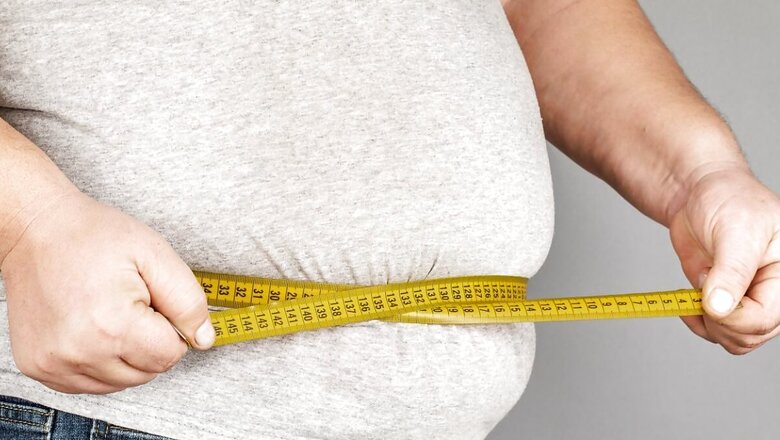
views
With the increasing consumption of unhealthy foods, the Central government has stepped in to curb such practice and formed a committee that will relook at food safety norms and ensure people are safe and get a nutritious diet.
The committee, formed by the government on Wednesday, will combat rising health issues related to poor diet such as diabetes and obesity. It is focusing on strengthening existing regulatory framework, including mandatory labelling of nutritional content and stricter penalties for non-compliance.
In 2019, Food Safety and Standards Authority of India (FSSAI) had issued draft guidelines to ban the sale and advertising of junk food in and around 50 metres of school premises. Several states such as Gujarat and Karnataka had said they would enforce it.
FSSAI also launched the Eat Right India campaign in 2018 to ensure people eat healthy, safe and sustainable food
The government’s Fit India movement, which aims to encourage Indians to adopt a healthier lifestyle, stresses the importance of physical fitness and a balanced diet.
What are the Challenges Govt Can Face?
Despite FSSAI’s guidelines, there are no specific laws that regulate production and sale of junk food in India. It is often criticised for not being comprehensive enough to cover all aspects of food safety like labelling, traceability and recall procedures.
There is a shortage of qualified experts who can do regular inspections and monitoring of food standards. Moreover, the existing food laboratories are not modernised.
Many people in the country are still unaware of food standards, and still follow traditional food practices.
There are also aggressive marketing campaigns that target children, and lack transparency in labelling, which does not help consumers in making informed choices.
New Junk Food Culture in India
According to several studies, 93% children eat packaged food more than once a week, most often sweet items such as ice cream, chocolates or beverages.
The growing need for quick meals is leading to health problems such as obesity, diabetes and cardiovascular diseases.
According to WHO, 11 million people in India are under treatment for diabetes and hypertension.
The latest survey by National Family Health Survey shows over 14.4 million children are obese in India, the second-highest rate globally. According to Unicef’s World Obesity Atlas for 2022, India is predicted to have more than 27 million obese children by 2030. India is already among top five in terms of adult obesity with one estimate in 2016 saying 135 million Indians are overweight or obese.
A recent survey shows that a household spends Rs 2,500 per month on eating out. The industry has also witnessed an upswing after pandemic. The market for snacks in India is estimated to be about $3 billion. The organised segment accounts for half of this market share and is growing at a rate of 15-20% annually.




















Comments
0 comment